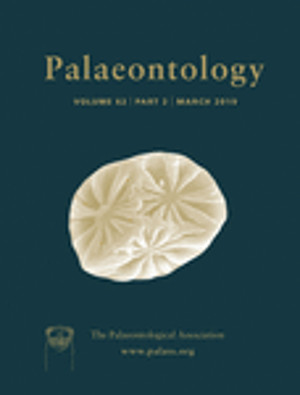Reg. Charity No. 1168330

‘Haramiyidans’ are extinct mammaliaforms often clustered with Multituberculata as Allotheria, and with a fossil record extending from the Upper Triassic to possibly the Upper Cretaceous. For many decades, ‘haramiyidans’ were known only from isolated teeth, and their relationships to other mammaliaforms remain unclear. With the discovery of several euharamiyidans represented by skeletal specimens from the Jurassic Yanliao Biota, north‐western China, our knowledge of this group has significantly advanced. Nonetheless, much morphology, including dentition and occlusal patterns, has only been briefly described for most taxa, and phylogenetic reconstruction and interpretation of the biology of the group still remain unclear or controversial. Here we provide systematic descriptions of the dental wear of shenshouids (Qishou and Shenshou) from the Yanliao Biota. We reconstruct the occlusal mode of shenshouids and compare it with those of other taxa based on our observation of specimens of most known ‘haramiyidan’ taxa. Several occlusal patterns are recognized. In particular, that of Thomasia, Haramiyavia and Maiopatagium is similar to the multituberculate M1/m1 occlusal relationship and probably represents the primitive occlusal condition in ‘haramiyidans’. The occlusal mode of shenshouids resembles the multituberculate M2/m2 occlusion. The double‐engaged mode in Arboroharamiya and Vilevolodon, as well as that of Eleutherodon, represents a more advanced occlusal pattern. The diverse dental occlusions suggest diverse diet adaptations and resource partitioning from co‐existing taxa in the Jurassic forests; they also reflect mosaic evolutionary transformations and complicated phylogenetic relationships within the group. Some aspects of the dental evolution remain challenging and require further vigorous testing.